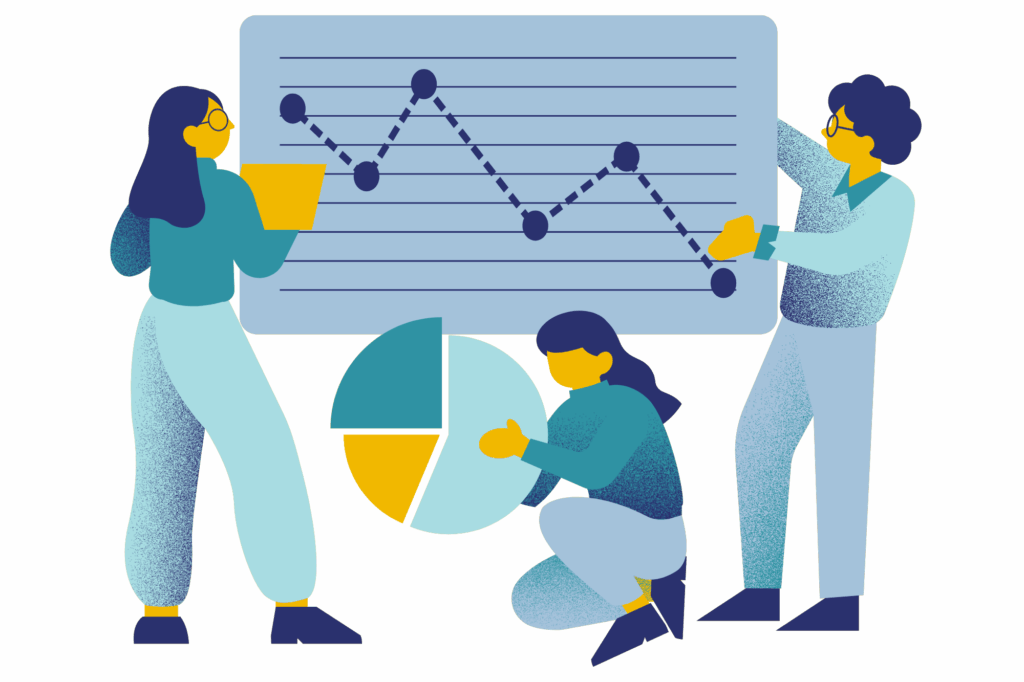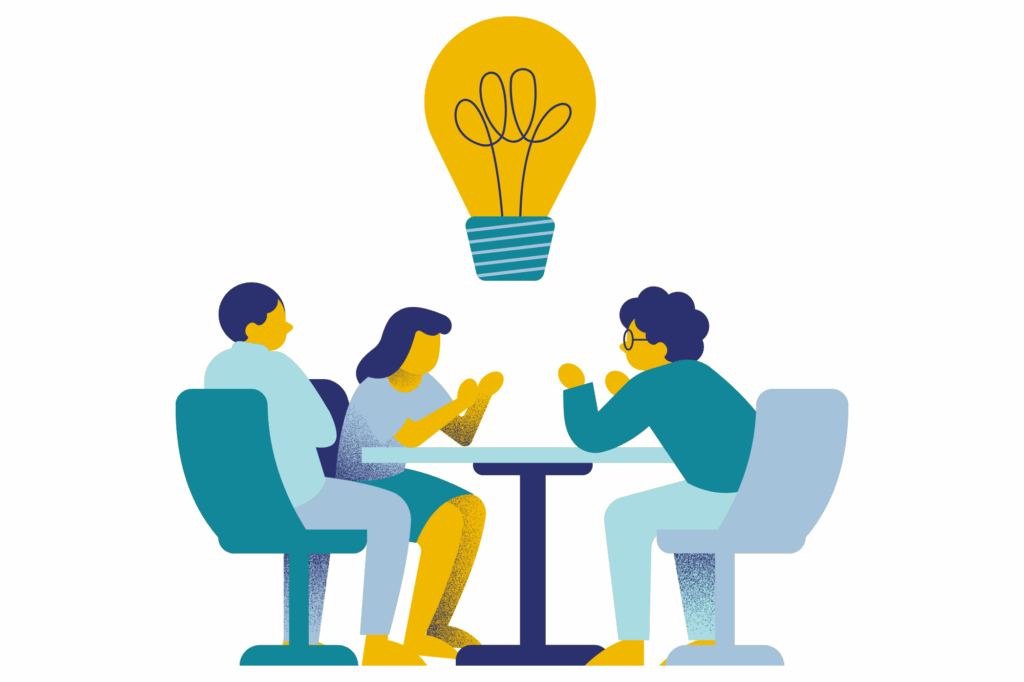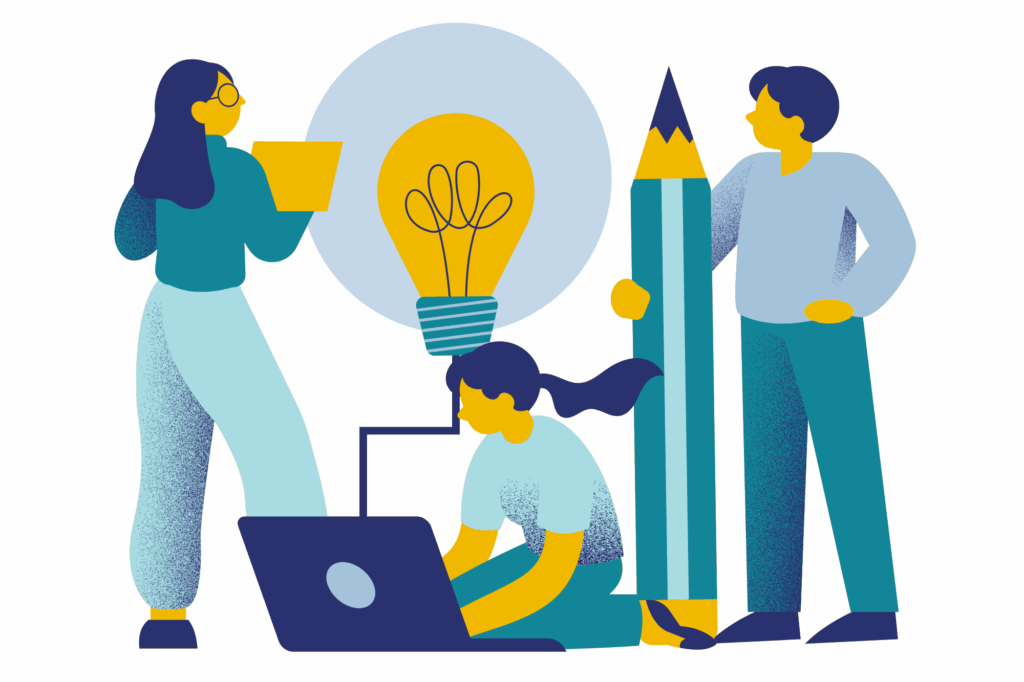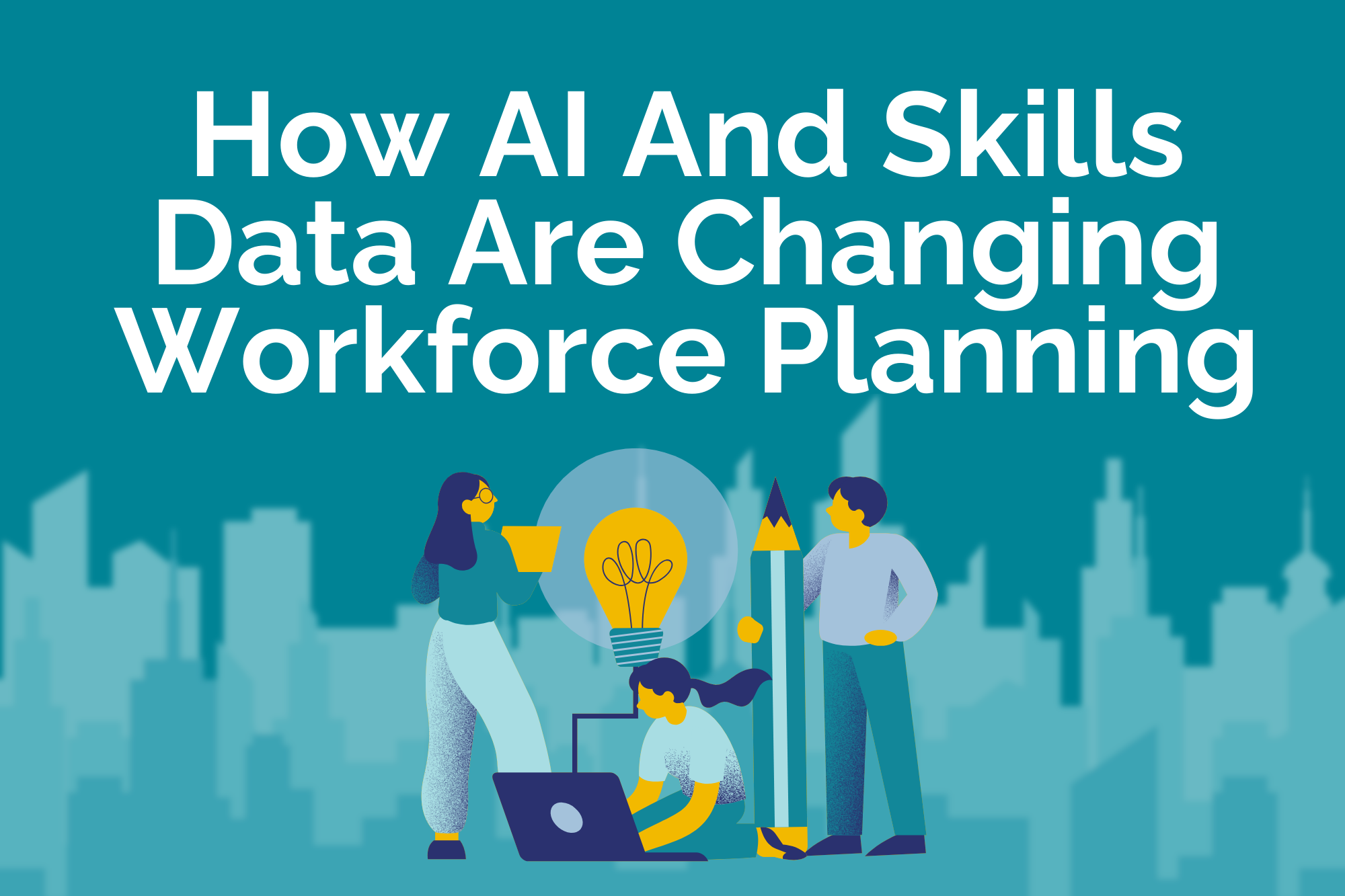The New Era of Workforce Planning
Workforce planning has always been about anticipating future needs and aligning talent to meet them. Traditionally, this meant forecasting headcount, mapping roles, and trying to balance budgets with capacity. But in today’s business landscape, where disruption is constant and skills requirements shift faster than job titles can keep up, the old models no longer work.
Accenture predicts that 44% of working hours in the U.S. are in scope for automation or augmentation. And this shift will touch a wide range of roles – the IMF estimates that up to 60% of jobs in advanced economies will be affected in some way.
The demand for new skills is evolving faster than most workforce structures can support. A Gartner survey found that 48% of HR leaders believe their current talent processes can’t keep up. At the same time, HR budgets continue to remain under pressure. Leaders must make smarter, more targeted decisions about where to invest while also navigating the growing impact of AI on recruitment.
The rise of artificial intelligence (AI) and the growing use of skills data are transforming workforce planning into a far more dynamic, precise, and strategic discipline. Rather than relying on static job descriptions or broad assumptions, organizations can now plan in real time, with richer workforce intelligence. Creating a more granular understanding of what capabilities they have today. They can also anticipate what they will need tomorrow and identify the biggest gaps. Maximizing the impact of AI requires keeping the human element at the heart of recruiting.
This shift is helping leaders make better decisions about hiring, upskilling, redeployment, and investing in people. It’s also allowing businesses to respond with agility to market changes … something that’s essential when competitive advantage is tied to how quickly you can reconfigure your workforce.

From Roles To Skills for Workforce Planning
Historically, workforce planning revolved around fixed job titles and qualifications. But these rigid structures often miss the bigger picture of what employees can actually do – or could do with the right development.
For instance, someone hired as a “marketing manager” might also have data analytics expertise, or a compliance analyst could be well-versed in AI tools that streamline risk reporting. Traditional planning methods would overlook these capabilities, while skills-based planning brings them into focus. (It’s also worth noting that more than 70% of jobs require a degree, but only 38% of U.S. workers actually have one.)
A skills-based approach broadens the talent pool dramatically – by nearly 20 times – helping businesses address labor shortages while also building more inclusive teams.
By analyzing skills data – collected from résumés, internal assessments, learning platforms, and project histories – companies can see not just the current distribution of skills, but also how they evolve. This enables leaders to:
- Identify transferable skills that make reskilling more efficient.
- Recognize adjacent skills that shorten the time to proficiency in new areas.
- Spot underutilized capabilities that can be redeployed elsewhere.
In other words, skills intelligence helps organizations see talent in terms of potential, not just position.

AI As A Dynamic Workforce Planning Partner
AI is the engine that makes this skills-based approach scalable. No human team could manually process the millions of data points generated across a workforce. Even fewer could keep the framework up to date. AI models, however, can analyze patterns in job descriptions, learning records, and labor market data to create a dynamic picture of workforce capability. Still, successful workforce strategies balance technology with empathy.
For example, AI can:
- Map current skills at scale: by parsing employee data and external sources to give leaders a precise overview of what talent they already have.
- Predict future needs: by comparing current skills with emerging market demands and business strategy.
- Model workforce scenarios: by running simulations of something like new technology adoption, to see the impact on capacity.
- Match people to opportunities: by aligning employees with internal projects, stretch assignments, or new roles that fit their skills and potential.
This goes far beyond static workforce planning spreadsheets. It turns planning into a dynamic, ongoing process that adapts as the organization and the world around it change without losing the human touch.
Smarter Hiring & Talent Mobility
One of the most immediate benefits of AI and skills intelligence in workforce planning is improved hiring efficiency. Instead of writing generic job descriptions and hoping the right candidates apply, companies can create precise profiles based on actual skill requirements. AI can then match these profiles with external candidates – or highlight existing employees who already fit the bill.
This makes hiring faster, reduces the risk of misalignment, and minimizes wasted spend. But it also shifts the balance between external recruitment and internal mobility. With skills data, it becomes clear that many gaps can be filled by redeploying or upskilling current employees rather than searching outside for new talent.
For example, a bank facing new regulatory requirements might discover that analysts with Python skills can quickly be trained for compliance automation tasks, rather than hiring new staff from scratch. This not only saves money but also boosts engagement and retention by giving employees meaningful opportunities to grow.
Over three-quarters (79%) of workers have considered leaving their current roles – but 90% are open to moving within their organization if given the chance. (Beamery)
Risk Management & Agility
Workforce planning isn’t just about growth; it’s also about resilience. Mergers, acquisitions, restructuring, and technology disruption can all create sudden shifts in demand for talent. AI-driven skills intelligence provides leaders with a toolset for managing these transitions.
- Identifying critical gaps: AI highlights which skills are at risk of shortage, helping leaders act before these become bottlenecks.
- Forecasting attrition impact: skills data reveals which capabilities are most vulnerable if key employees leave.
- Scenario modeling: leaders can test the effect of different strategic moves – like entering a new market or adopting a new technology on workforce requirements.
This foresight helps organizations stay ahead of disruption instead of reacting after the fact.

Real-World Impact of Workforce Planning
The transformation from static workforce planning to AI-powered skills intelligence is already delivering results. For example, leading enterprise organizations have used these methods to:
- Reduce time to identify best-fit candidates by 30%
- Increase internal mobility, with thousands of employees finding new opportunities without leaving the business.
- Improve workforce diversity by reducing bias in recruitment through skills-focused assessments. One proven method is the use of AI-driven rubrics to ensure fairer and more consistent hiring practices, as explained here.
- Accelerate reskilling programs that prepare staff for emerging roles in digital transformation.
These aren’t small gains. They’re structural changes that enable companies to stay competitive in industries where talent shortages are one of the biggest threats to growth.
Building The Future Workforce
The future of workforce planning is clear: skills, not titles, will form the foundation of strategy. AI will provide the intelligence layer that turns skills data into actionable insights, enabling leaders to make confident, agile decisions about their people.
For HR and business leaders, this means embracing a new mindset. Workforce planning is no longer a once-a-year exercise in headcount forecasting. It’s a continuous, data-driven process that connects business strategy with people decisions at every level.
And, as skills-based planning matures, organizations will also need to look beyond “who” can do the work to “how” the work itself is changing. Task intelligence – understanding work at the level of tasks and activities – will become the next frontier, helping leaders see not just the skills they need, but how those skills are applied and reconfigured as technology reshapes jobs. As organizations adapt, emotional intelligence will remain a critical skill for collaboration and resilience.
Those who adopt AI and dynamic skills and task intelligence now will gain a crucial edge: the ability to see around corners, anticipate change, and build a workforce ready for whatever comes next.
Partner with Boulo to Build Your Future Workforce
The shift to skills-based, AI-powered workforce planning isn’t just theory—it’s already reshaping how organizations attract, grow, and retain talent. At Boulo, we believe every company can build a workforce that’s both agile and human-centered. By connecting you with diverse, skilled professionals and smarter hiring strategies, we help turn possibility into progress. Ready to take the next step? Discover how Boulo can support your journey.

